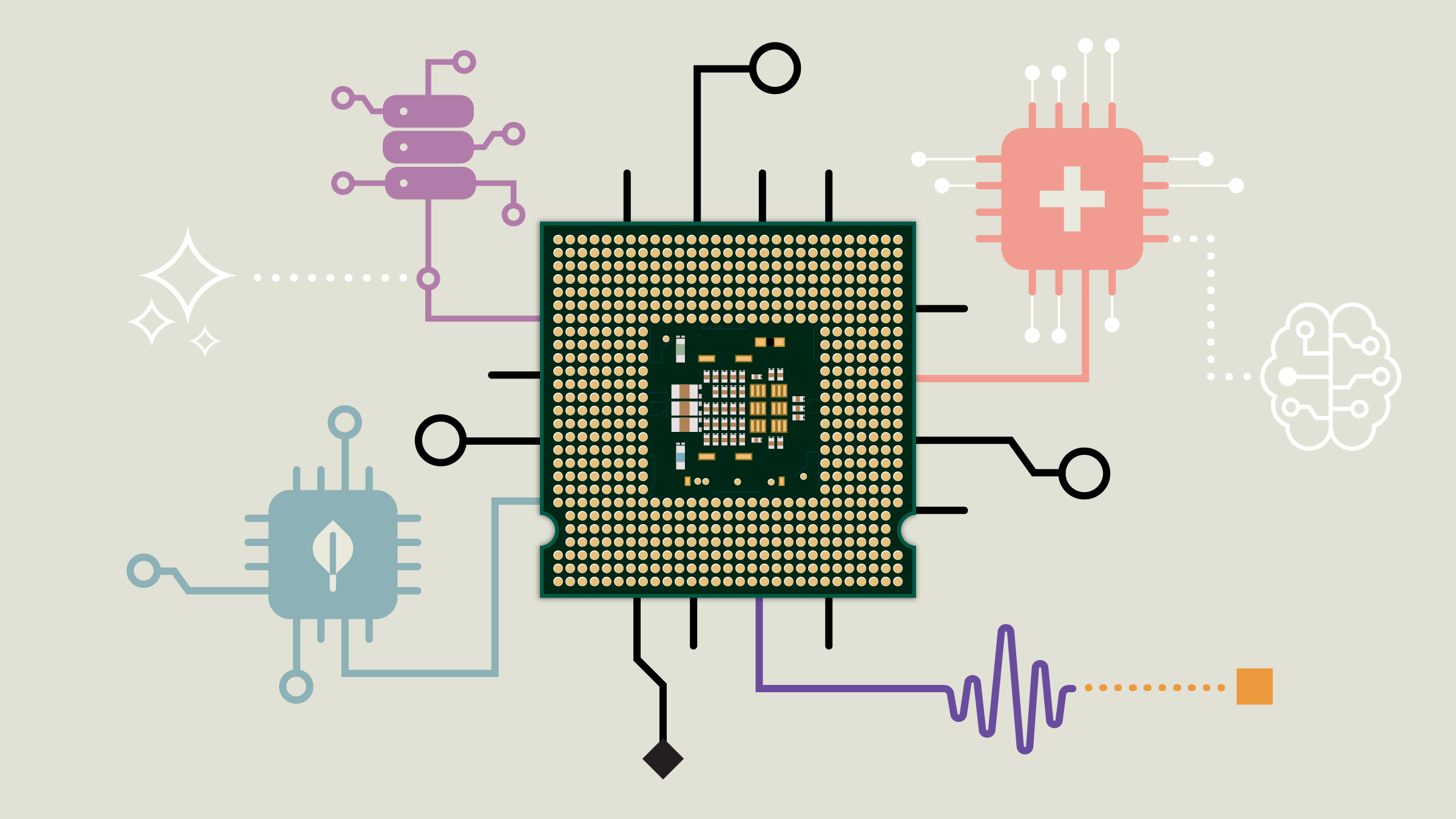Holly Cook: Welcome to the Morningstar series, "Ask the Expert." I'm joined by Jose Garcia Zarate. He is a passive fund analyst here at Morningstar, so he rates and researches passive funds such as trackers and ETFs.
Jose, thanks for joining me.
Jose Garcia Zarate: Hello.
Cook: So this is, I think, quite a complex issue that we are going to discuss today, something that a lot of people don't necessarily have a very good understanding of. We want to understand, what is the difference between physically replicated ETFs and synthetically replicated ETFs?
So, given that it's quite complex, let's take it slowly – let’s start at the beginning, explain to us what a physically replicated ETF is.
Zarate: ETFs are funds that track an index. A physically replicated ETF would actually hold, physically hold either all the components of the index or a representative sample of the components of the index in order to replicate the performance of that index.
Cook: So, if it's an equity ETF, it actually holds shares in companies, or if it's a gold ETF that will actually hold gold?
Zarate: For example, a FTSE 100 ETF which is physically replicated, would normally hold the 100 stocks that make up the FTSE 100.
Cook: Okay. So then the other alternative is the synthetically replicated ETF. What's that doing then?
Zarate: Synthetic ETFs basically build the fund with stocks or bonds that may not necessarily be related to the index that they are tracking. And what they do is they exchange the performance of that basket for the performance of the index by a swap contract. And that's why it's called synthetic, because there is a derivative element included in the transaction.
Cook: Okay. So that sounds a little bit complex to me. Why is it that they are doing that?
Zarate: The theory is that the swap actually allows you to get more accurate tracking of the index that you are trying to give exposure to.
Cook: Okay. So I am sure most people would ask, and I would certainly ask, which is the right one for me? Is physically replicated or synthetically replicated, is one safer than the other or better than the other?
Zarate: I am not sure you can say that one is safer than the other, but I think it is fair to say that one is easier to understand than the other. And in fact over the past few years we have seen that most investors in Europe have shown a preference for physically replicated ETFs. And we think that's because, it is 10 times easier to explain the concept of a physically replicated ETF, yes.
Cook: And you should only really be investing in something that you do understand.
Zarate: Well that's basically – that's one of the basic rules of investing: put your money in something that you really are comfortable with and you understand.
Cook: But if you are somebody who is really sort of focused on that tracking ability, the ability to track closer, then perhaps synthetic is something that you look at, so long as you do understand what's going on.
Zarate: I think when it comes to ETFs, whether they are synthetically or physically replicated, the main thing to understand for an investor is, what is this ETF giving me in terms of market exposure? That’s basically the big – the first thing that you need to do when you are trying to go about choosing an ETF. You need to understand the index. Replication, perhaps, is a secondary consideration to the actual index that the ETF is tracking.
Cook: So I think you have given us a pretty sort of clear explanation of what a physical is versus synthetic replicated ETFs, but ultimately you are saying the bottom line is, first and foremost, you need to know what it is that you are getting exposure to, what the index is...
Zarate: Exactly. Yes.
Cook: ...and obviously cost would be a big one too. And perhaps this replication structure of the ETF is something that you would look at once you have understood those first two things first.
Zarate: Exactly. That's exactly what it is.
Cook: Jose, thanks very much for explaining that for us.
Zarate: You are welcome.
Cook: For Morningstar, I'm Holly Cook. Thanks for watching.





















